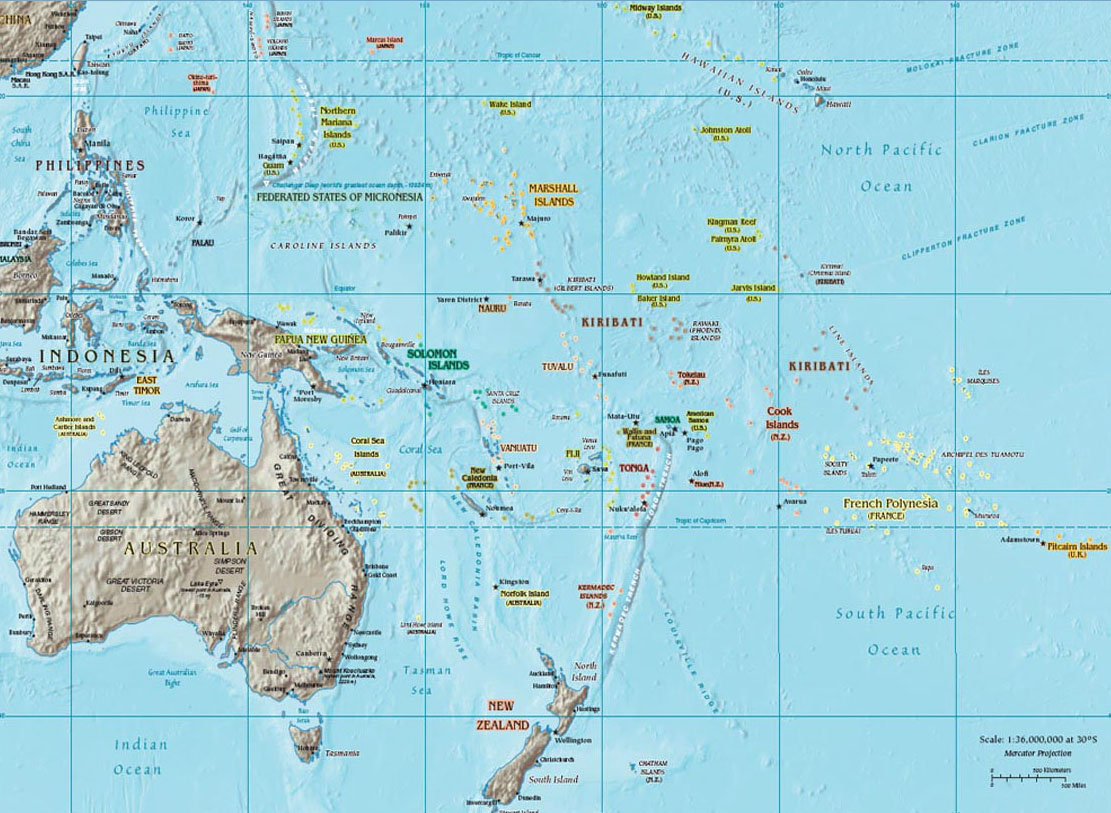The San Diego Clippers, a team that may not be as widely recognized as some of their counterparts in the NBA, but nonetheless holds a special place in the history of American basketball. As we delve into the world of this intriguing team, it’s essential to understand the context in which they operated and the impact they had on the sport.
Firstly, it’s crucial to acknowledge that the San Diego Clippers are no longer based in San Diego. The team relocated to Los Angeles in 1984, leaving behind a legacy that, while not always filled with championships or significant playoff runs, certainly contributed to the fabric of basketball in Southern California. This move marked a significant shift, not just for the team, but for the fans and the community that had grown to love and support them.
One of the most interesting aspects of the San Diego Clippers is their origin. The team was initially based in Buffalo, New York, and was known as the Buffalo Braves. However, after a few successful seasons, the team was sold and relocated to San Diego, California, in 1978. This relocation was a strategic move aimed at expanding the team’s fan base and improving its financial situation. It’s fascinating to consider how different the team’s history might have been if they had remained in Buffalo.
The San Diego Clippers played their home games at the San Diego Sports Arena, a venue that, although not as iconic as some other NBA arenas, provided an exciting atmosphere for fans to cheer on their team. The energy at the Sports Arena during Clippers games was palpable, with the crowd often creating a hostile environment for opposing teams. This kind of support was invaluable to the players, who often credited the fans for their motivation and drive.
Despite their relocation, the Clippers have maintained a loyal fan base, with many supporters still nostalgic for the team’s San Diego roots. This loyalty speaks volumes about the bond between a team and its community, highlighting the deep-seated connections that can form between fans and their favorite teams. The Clippers’ legacy in San Diego continues to be celebrated, with many regarding the team as an integral part of the city’s sports history.
In terms of notable players, the San Diego Clippers had their fair share of talent. One of the most memorable players to don a Clippers jersey was World B. Free, known for his incredible scoring ability and flamboyant personality. Free’s impact on the team cannot be overstated, as he not only brought a level of excitement to the games but also served as a role model for younger players. His legacy continues to inspire new generations of basketball fans.
Another significant player was Swen Nater, a dominant center who played a pivotal role in the team’s success during the late 1970s and early 1980s. Nater’s contributions to the team were multifaceted, as he not only provided a strong defensive presence but also helped to develop the skills of his teammates. His influence on the team’s strategy and overall performance was undeniable.
The San Diego Clippers also had a notable coach in Paul Silas, who led the team to several playoff appearances during his tenure. Silas’s coaching philosophy emphasized the importance of teamwork and strategy, elements that were reflected in the team’s performance during his time at the helm. His ability to bring out the best in his players and make smart in-game decisions was admirable, and his legacy as a coach continues to be respected.
In addition to their on-court achievements, the San Diego Clippers were also known for their unique logo and uniform design. The team’s logo, which featured a clipper ship, was a nod to San Diego’s rich maritime history. The uniforms, which included a distinctive blue and orange color scheme, were instantly recognizable and have become iconic among basketball fans. These visual elements played a significant role in shaping the team’s identity and fan culture.
The team’s relocation to Los Angeles in 1984 marked the end of an era for the San Diego Clippers. However, their legacy lives on, and their impact on the NBA and the city of San Diego cannot be overstated. The Clippers’ story serves as a reminder of the ever-changing nature of professional sports, where teams, players, and fans are constantly evolving.
As we reflect on the history of the San Diego Clippers, it’s essential to consider the broader context of the NBA during the 1970s and 1980s. This period was marked by significant changes in the league, including the introduction of new teams, the expansion of existing ones, and the emergence of iconic players who would go on to shape the sport. The Clippers, although not always at the forefront of these developments, played a crucial role in this narrative, contributing to the rich tapestry of basketball history.
In conclusion, the San Diego Clippers may not have achieved the same level of success as some other NBA teams, but their story is nonetheless compelling and worthy of exploration. From their origins in Buffalo to their relocation to Los Angeles, the team’s history is filled with fascinating characters, memorable moments, and a deep connection to the city of San Diego. As we continue to appreciate the complexities and nuances of basketball, the legacy of the San Diego Clippers remains an integral part of our understanding and appreciation of the sport.
FAQs
What was the main reason behind the San Diego Clippers' relocation to Los Angeles?
+The main reason behind the relocation was to improve the team's financial situation and expand its fan base. The owners believed that moving to a larger market like Los Angeles would provide more opportunities for growth and success.
Who was the most notable player to play for the San Diego Clippers?
+World B. Free was one of the most memorable players to don a Clippers jersey, known for his incredible scoring ability and flamboyant personality. He played a significant role in the team's success during his time with the Clippers.
What was unique about the San Diego Clippers' logo and uniform design?
+The team's logo featured a clipper ship, a nod to San Diego's rich maritime history. The uniforms included a distinctive blue and orange color scheme, which has become iconic among basketball fans. These visual elements played a significant role in shaping the team's identity and fan culture.
How did the relocation of the San Diego Clippers affect the team's fan base?
+The relocation had a profound impact on the team's fan base, with many supporters feeling a sense of loss and disconnection. However, the team has maintained a loyal fan base, with many still nostalgic for the San Diego roots of the Clippers.
What is the legacy of the San Diego Clippers in the context of NBA history?
+The San Diego Clippers may not have achieved the same level of success as some other NBA teams, but their story is an integral part of the league's history. The team's contributions to the sport, although often overlooked, are significant and worthy of recognition.
How does the story of the San Diego Clippers reflect the broader context of professional sports?
+The story of the San Diego Clippers serves as a reminder of the ever-changing nature of professional sports, where teams, players, and fans are constantly evolving. The team's history is a testament to the complexities and challenges faced by franchises in the NBA.
As we continue to explore the fascinating world of basketball, the story of the San Diego Clippers stands out as a reminder of the sport’s rich history and the enduring bonds between teams, players, and fans. Their legacy, though often unsung, is a vital part of the NBA narrative, offering insights into the evolution of the league and the teams that have shaped it over the years.


